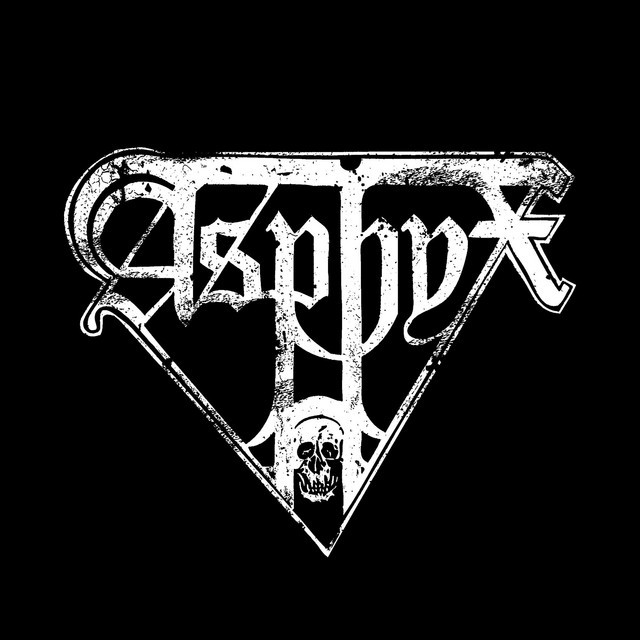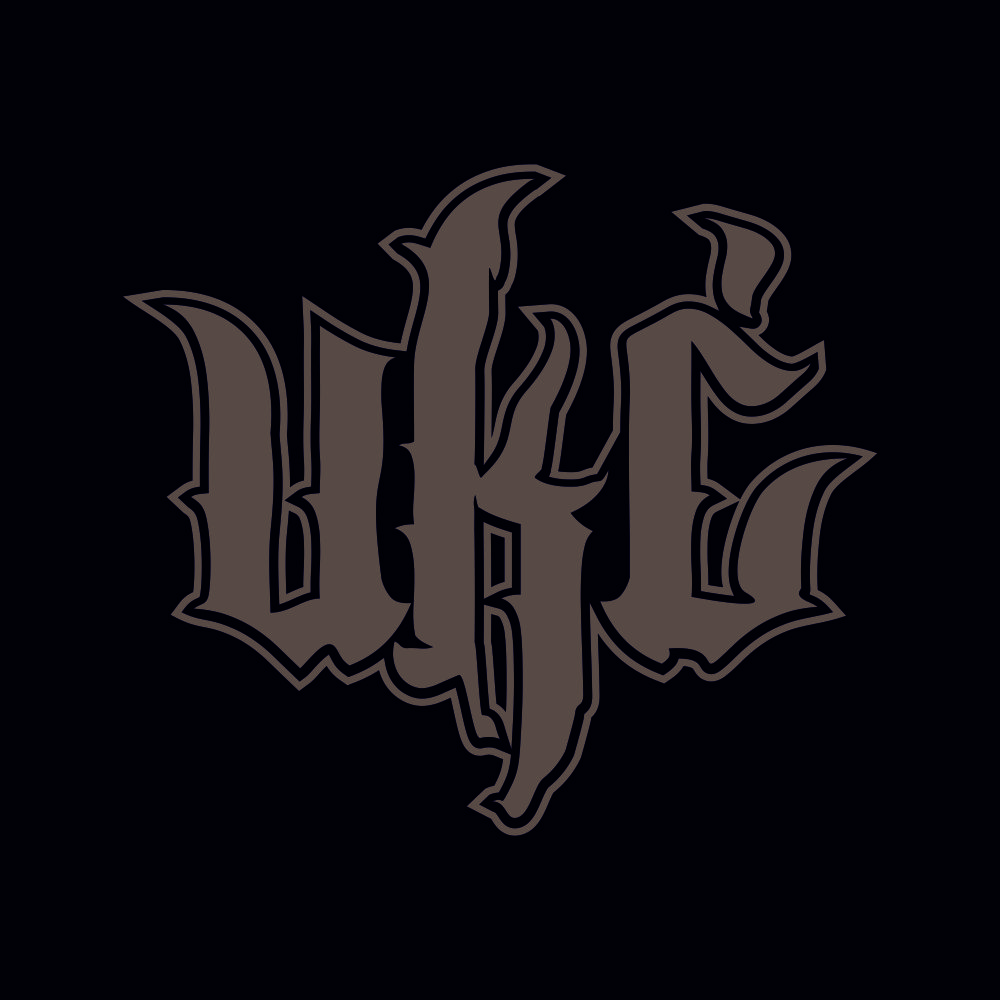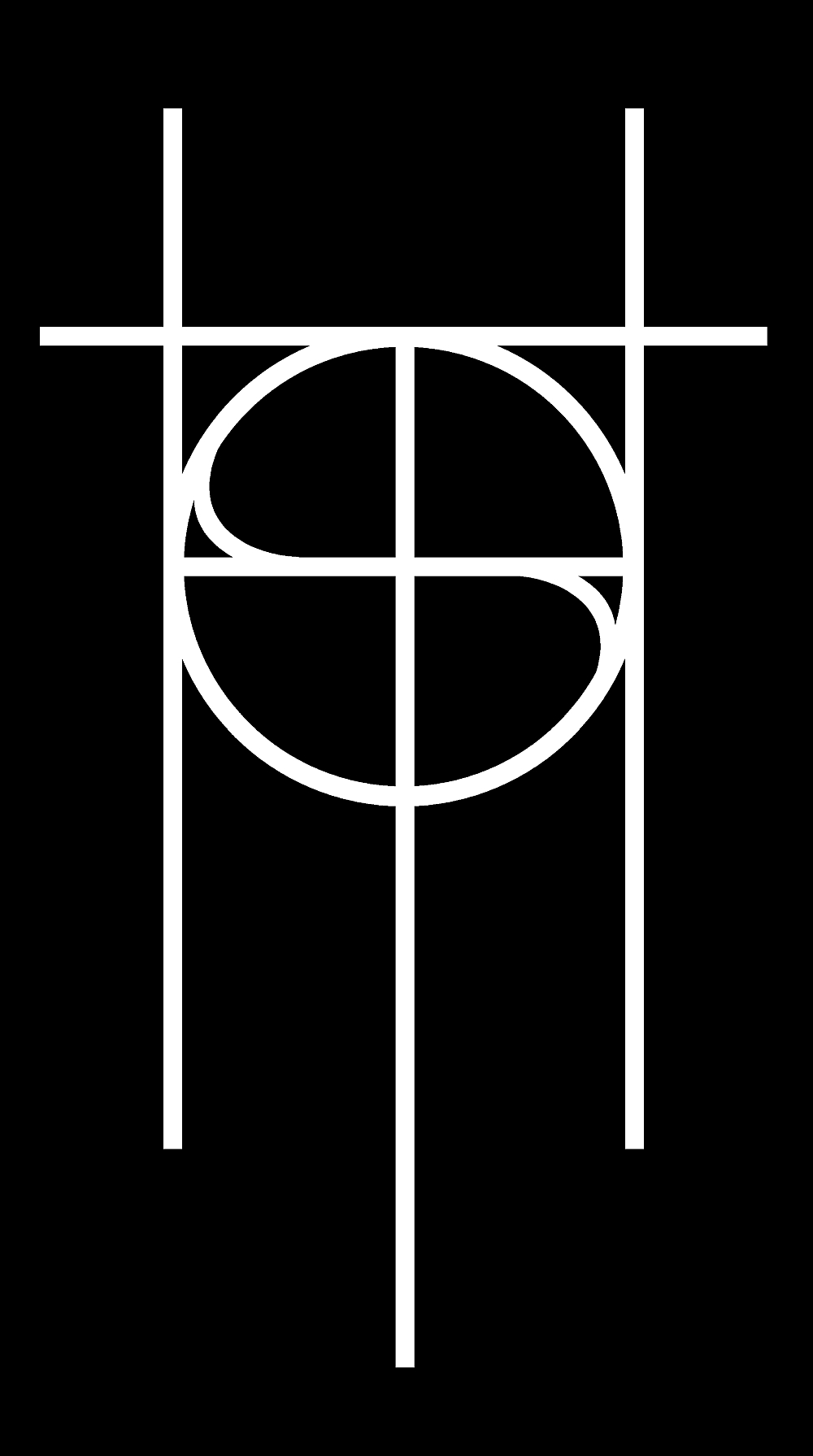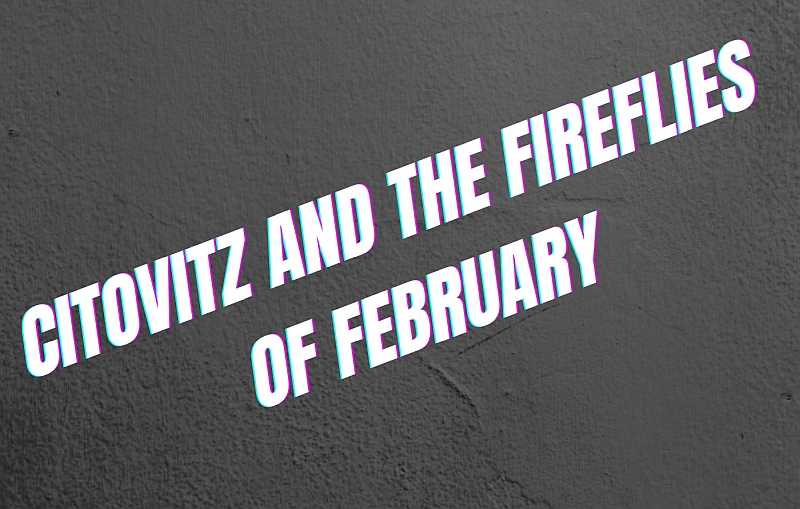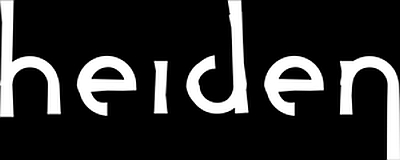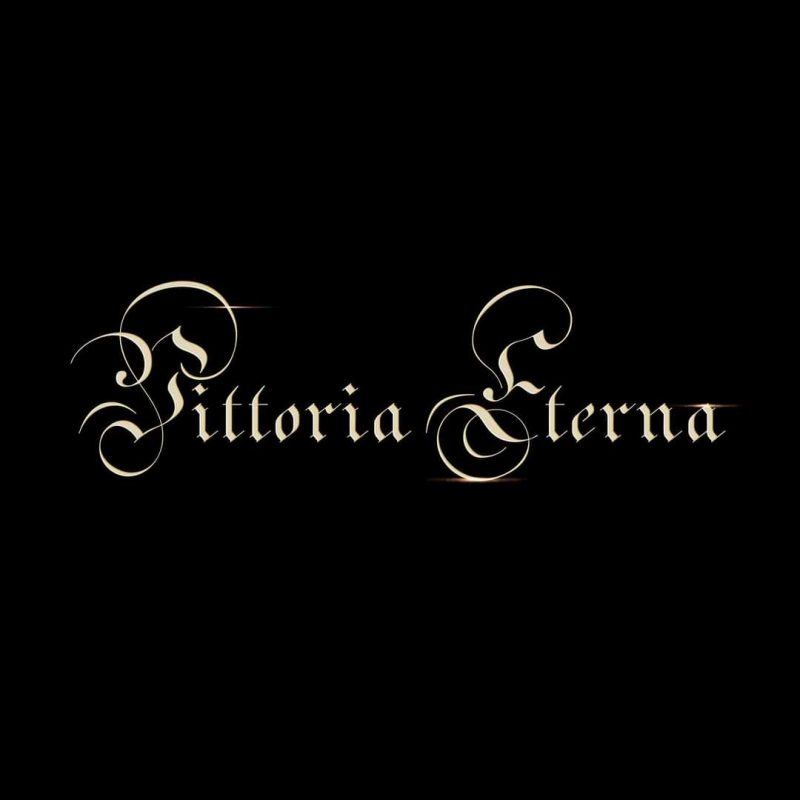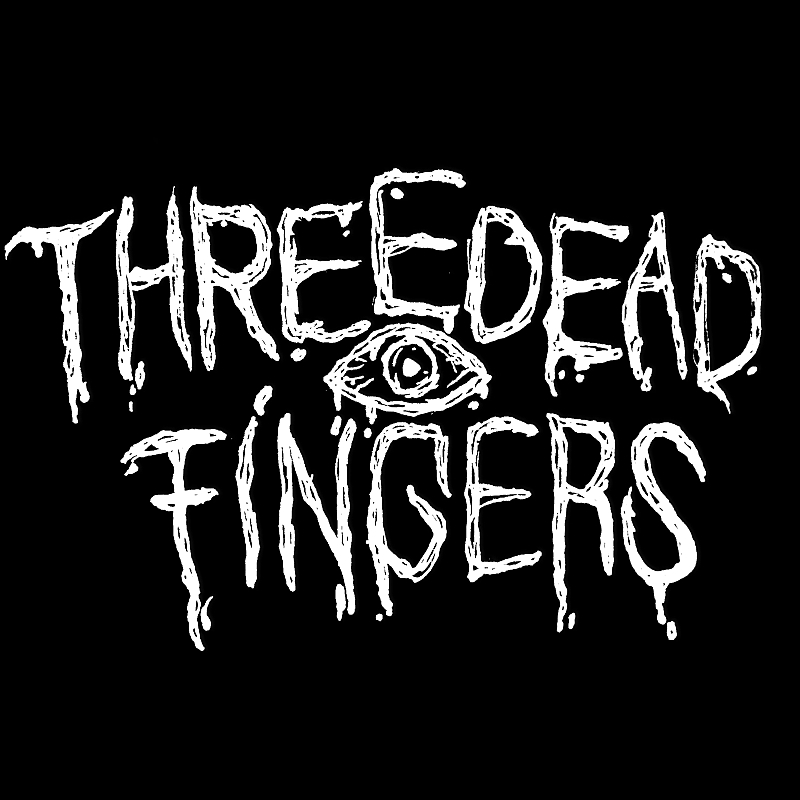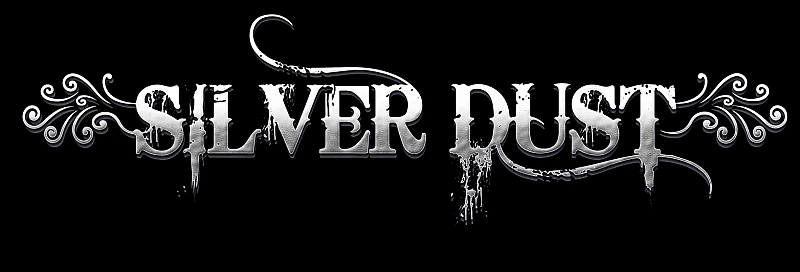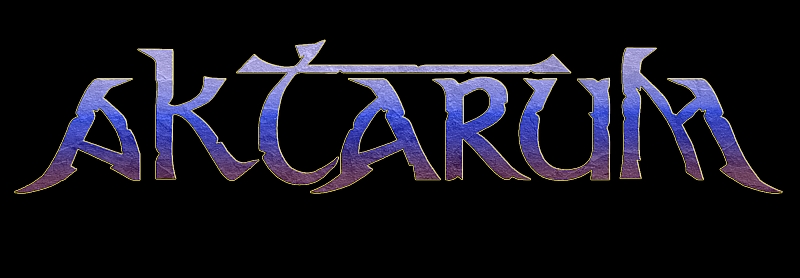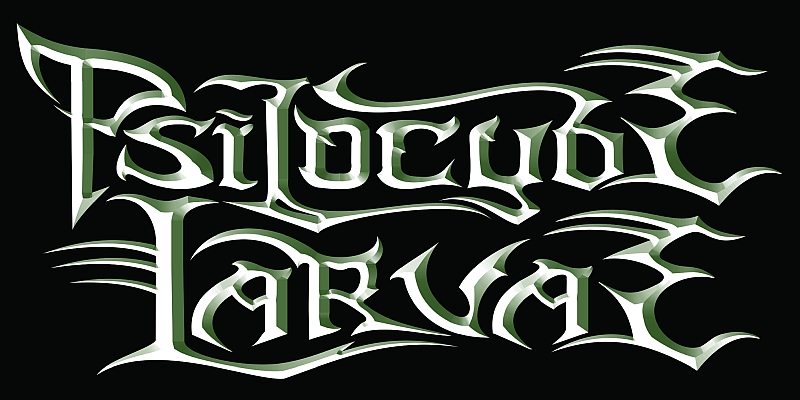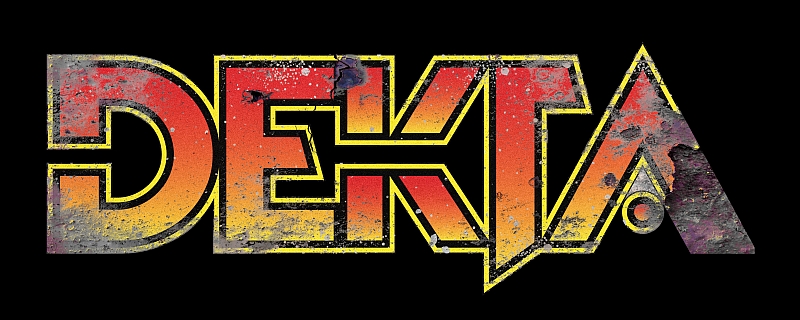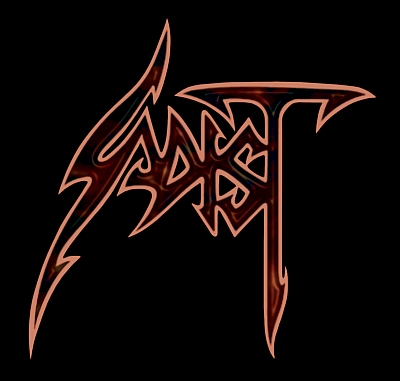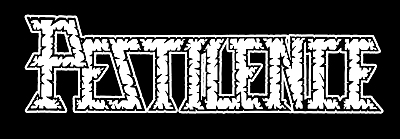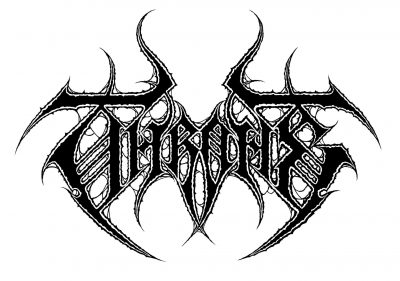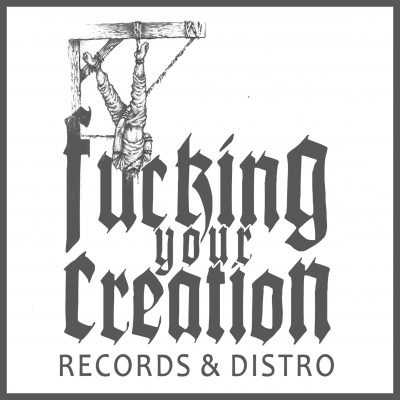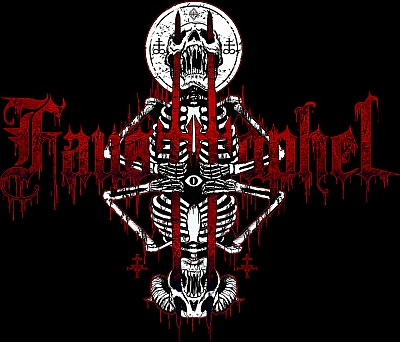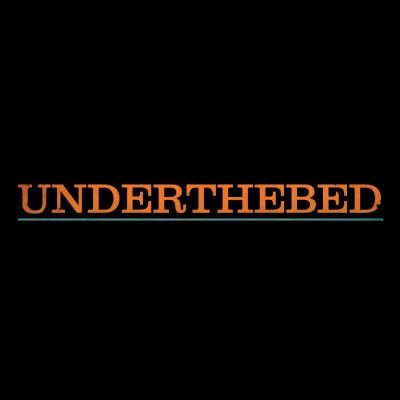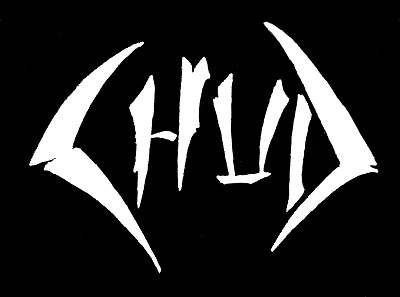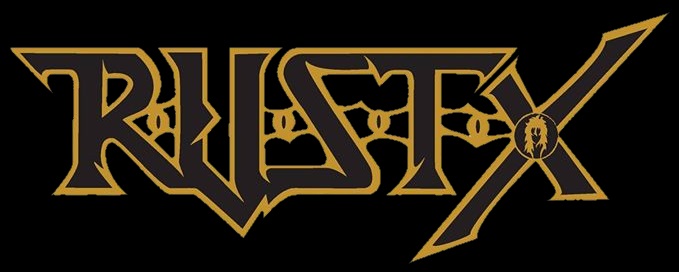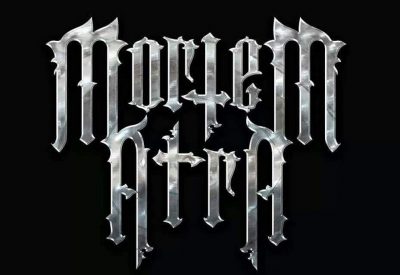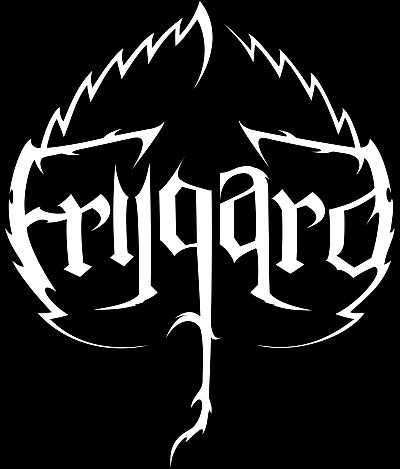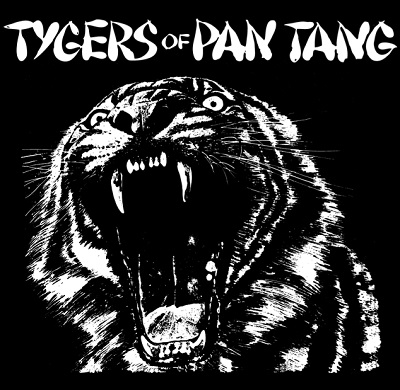“Unus” is a monumental release for NECRONOMICON. The sixth full-length recording by the Canadian band marks their 31st anniversary. “Unus” follows their 2016 release “Advent of the Human God.” Again the group have created a stunning exhibition of symphonic death metal that invites comparisons to a cast of international bands including DIMMU BORGIR, BEHEMOTH and SEPTICFLESH, but bearing their own distinctive philosophy and personality.
Metalcentre.com caught up with band founder, Rob “The Witch” Tremblay on their current tour of the United States with BELPHEGOR, SUFFOCATION and ABIOTIC. In the following interview, we discuss the making of “Unus,” the group’s current lineup, tour and Tremblay offers a brief historical perspective on his band’s creative trajectory.
How is the tour going with SUFFOCATION, BELPHEGOR and ABIOTIC?
It’s going really well. It’s just the first week. We still have four weeks to go. It’s a pretty long tour in the U.S. with our buddies in SUFFOCATION and BELPHEGOR. So far, so good.
What do you think about the touring package?
I think it’s pretty interesting. SUFFOCATION are our longtime friends, 20 years or so. I worked with them in the past. I used to have my own production company in Montreal. I booked them many times, so we became friends. The funny thing is we’ve never played together except maybe once at a festival. A while ago, I don’t remember when, me and Terrance [Hobbs] were having a beer and chilling out and he was like, “Dude, we’ve never toured together! What the…?” (Laughs) I was like, “That’s true, maybe in the future.” I remember we were pitching stuff out and were like, “What about next summer?” “Oh no, we’re going here.” “Oh ok.” Then I was like, “What about?” “No.” And it stayed like that for another four years. They were booking that tour and there was another band, but they were just coming back from a run with BELPHEGOR, and they decided to make that run together in the States and they wanted another band that was dark to match up, so Terrance mentioned us, we received a call and the rest is history.
“Unus” is your sixth full-length album. How do you feel about it now that it’s done and has been released?
Actually, the album was released only like a week ago (October 18, 2019). I don’t know how it’s going to be received. We already have some really good pretext, 95 percent good critics. We’ll see how people receive it. It’s so fresh right now. It’s hard to say, but so far people seem to really like the new songs. Another reason we jumped on this tour was the timing was really good to present these new songs first. We are only playing a couple of new songs because we are not headlining or anything because we are going to come back for another tour, probably next year, but so far so good.
Is a headline tour possible?
We did some headline shows a couple years ago. We did a two-week headline tour, mostly in the East Coast. We’ll see. Only the future can tell. It’s not impossible.
When did you start writing the album?
When we were on tour for “Advent of the Human God” I had already written half of the album. It took a little more time because I had a personal problem that happened in my life, some member left the band. The tour for “Advent of the Human God” was really long; I think it was sixty-some dates because we did the entire Canada and the entire U.S., back to back. That was pretty demanding. When we came back it was November and everyone took that off for celebrations—New Year’s Eve, I had to do some stuff, fix some stuff in my private life, so it took a while. I needed to audition a new drummer. A new drummer appeared in the picture really quick—Divider. He’s the big boy we have here (motions to Divider). He’s probably the best drummer I’ve had so far. He’s really dedicated and has good experience. He likes touring, which is contrary to other people who like being in a band, but not touring. I’m pretty lucky. We don’t have a bass player, anymore. We have a session guy at the moment—Rasputin. He’s like a crazy man. He’s really efficient. It’s his first big tour with us. He’s been on our some other runs with us. He decided to come with us. He really likes the vibe. I wanted the album to be released before that, but it took a little bit more time. We put it in the right hands for the mix, Mr. Logan Mader from MACHINE HEAD.
What was it like working with him? Why did you choose him for the mix and mastering?
![]() Me and Divider were finishing putting the final touches on the album. We already had the recording dates set up. We were driving together and we wanted something different this time. Usually, we’re very traditional in the way of working on our album, the recording, the mixing is super traditional. We wanted a different approach this time. We wanted a more modern approach. Every time we’re doing something after practice, there is always something playing that sounds good. “Who the fuck produced that?” It was always the same name—Logan Mader. This happened five or six times, so I was like, “Ok, I think this is a sign!”
Me and Divider were finishing putting the final touches on the album. We already had the recording dates set up. We were driving together and we wanted something different this time. Usually, we’re very traditional in the way of working on our album, the recording, the mixing is super traditional. We wanted a different approach this time. We wanted a more modern approach. Every time we’re doing something after practice, there is always something playing that sounds good. “Who the fuck produced that?” It was always the same name—Logan Mader. This happened five or six times, so I was like, “Ok, I think this is a sign!”
I had a friend who personally knew Logan. She put me in contact with him. We had a talk. He’s a really busy guy. He chooses who he wants to work with. This year he was doing only three albums. He told me our album is one of them. He said it was worth it. It’s really good. He liked the music. Me and my manager flew to Vegas. We went to spend time there in the studio and do some business stuff. I’m going to tell you the guy is down to earth, very professional. After all the time we spent there, we became friends. He’s coming to Montreal with MACHINE HEAD, so I’m going to bring a bottle of wine or something and have a nice dinner. He became a really good friend. We trust each other. He asked me if I would like to work with him again in the future. My answer was pretty obvious, actually.
What are some of the stories you crafted for the album?
Besides maybe one song or two, it’s not really stories. It’s more about philosophy about life, and what we’re living in these times. Everybody is living their lives, facing the realities of society, but sometimes we forget our divine part, our spiritual part, our connection with the Great All. I’ve been raised in a native tradition, so I believe that we’re connected with everything that has lived, from the earth, the air we breathe, the water, all matter. Like this is wood for example (touches a piece of the wall). It’s been cut. It’s not a tree anymore, but it’s still alive or else it would be rotting. It’s still alive in a form or another. We’re connected to it and anything we can see. It’s stuff like that we sometimes forget. It’s important to remember we’re part of a big All, like a tree. You have the main branches and all the little branches with the leaves. I see life a little bit like that.
We’re all made of atoms.
Exactly, that’s one thing that can be scientifically proven. Everything is interrelated in a certain way. NECRONOMICON has always been about that. Some people call that spirituality or altruism or whatever and the big picture is we are all part of the Great All. I always keep talking about stuff like that.
“Fhtagn” and “The Thousand Masks” both contain Middle Eastern elements. What do the titles refer to, and how does the music represent those ideas?
“The Thousand Masks” is chapter three of “Pharaoh of God.” “Pharaoh of God” is thematic about someone who connected past life in ancient Egypt. He brought back spiritual knowledge and the cult of the sun and stuff like that. There was a part two on “Return of the Witch.” On this album, “The Thousand Masks” is a continuation of the last chapter about the “Pharaoh of God.” I write my lyrics to be interpreted in different ways, in three different manners. I do that on purpose. Some people think my lyrics aren’t occult enough. If I were saying only occult stuff, it would be too much in one direction. I need my concept to be multi-directional. At the same time, I wrote the lyrics to be interpreted as a Lovecraftian message about Nyarlathotep, The Crawling Chaos. Nyarlathotep was called “The Black Pharaoh.” He had really black skin. There are some good messages in there, but at the same time, it can be interpreted in a different way. Fhtagn is in the Necronomicon language. It means “sleeping,” “dreaming” or “death,” depending on which came before.
What does the title, “Unus,” mean and how does it fit with the ideas expressed on the album?
Unus in Latin means “one,” “by yourself” or “alone.” Take a tarot deck. There are ten major arcanas. You have the one from ten. It represents your life experience, the path you take in your life. When you come to the realization of your maximum power—the 10th arcana or the ninth depending on the tarot deck—it doesn’t go to the 11th or 12th, that goes with the minor arcanas, it goes back to one. It’s like life: you’re born, you go, you die, and then you restart. The thing about Unus when you go full circle, you come back with your full conscious and the knowledge of your previous experience.
The album is the follow up to “Advent of the Human God.” How do these albums complement/contrast each other?
Production wise, it’s more modern. We used reamping guitars. I never did that before. I always used the real sound of the guitars and mixed it at the maximum. If we go to the level of the artwork, “Advent of the Human God” was a big painting with a lot of colors. It was an actual painting. “Unus” was hand-drawn by Nestor Avalos in Mexico. He did the design of the dragons and Caduceus in the middle. The entire layout was finished by Simon Bossert who did artwork in Germany. He already worked with us for “Rise of the Elder Ones” and “Return of the Witch,” if I remember. These guys came together to create that. I wanted to have something more sober because of the title track; you’re coming back to square one. Of course, the image of the album cover is still there. A lot of people find the album cover super simple but really heavy and your face. That’s why we wanted it so powerful. The concept is simply the continuation of the main theme of the Necronomicon. That’s related to all the spirituality, the occult and being one with the cosmos.
You mentioned the dragon on the artwork. You mention dragons a couple of times on the album, for example “Vox Draconis.” I believe you mention dragons on the first track, “From Ashes into Flesh.” How do dragons fit into the concept? Are you referring to Tiamat?
No, it’s not related to Tiamat. That’s a good example. It could have been Tiamat.
Tiamat is in the Necronomicon, right?
Not in the real Necronomicon. You can find her in the Simon Necronomicon, which is based on the Sumerian Necronomicon. Some people could interpret it as the symbol of Tiamat. That could make sense, from that point of view. It’s not in that way that I wrote it. It’s a thematic image. An artist a while ago started to do two dragons with the band emblem it was holding, and the dragon started to come back in a lot of our stuff. It represented the untamed power and force someone can achieve, and when it comes forth it’s more powerful than anything. If we take the image of the young dragon, he’s going to be daring like a shark. He wants to beat and crush everyone, while the older dragon is wise. He knows what to do and what not to do. Also, he knows when to show himself and when to not show himself. It’s an analogy to wisdom of the warrior.
Keyboards are a major component of Necronomicon. It’s a facet of your sound that garners comparisons to Dimmu Borgir. “From Ashes into Flesh” makes this comparison even more apparent since Geirlioz of Dimmu Borgir plays piano. How did he get involved with the recording?
![]() First thing first, there are no keyboards on the album. What we are using is called VSTs. It is real samples from orchestras that have been recorded. It took hours to do that. You had to isolate the musicians, one by one or per group. For example, we recorded the violins, cellos, trumpets or whatever and made them do one note. Another way, do that same note in major, minor, tremolo, etc. You record all that and afterward you can assign it to a Midi track. Write your music, and then assign a sound, but it’s real recordings. You go in the back and you say, “That’s the note there and it’s played this way.” Then you program it. It’s a lot. It’s really demanding. It’s much more demanding than playing keyboards, so you need to write the entire parts, write the entire orchestra and then assign the proper VSTs in the proper effect, the proper way to do it to create the orchestra. In theory, it’s a real orchestra. These days a lot of bands are using that. DIMMU uses that also. Most other bands using an orchestra use that today. It’s less expensive. It’s still expensive, but less expensive than going with an orchestra.
First thing first, there are no keyboards on the album. What we are using is called VSTs. It is real samples from orchestras that have been recorded. It took hours to do that. You had to isolate the musicians, one by one or per group. For example, we recorded the violins, cellos, trumpets or whatever and made them do one note. Another way, do that same note in major, minor, tremolo, etc. You record all that and afterward you can assign it to a Midi track. Write your music, and then assign a sound, but it’s real recordings. You go in the back and you say, “That’s the note there and it’s played this way.” Then you program it. It’s a lot. It’s really demanding. It’s much more demanding than playing keyboards, so you need to write the entire parts, write the entire orchestra and then assign the proper VSTs in the proper effect, the proper way to do it to create the orchestra. In theory, it’s a real orchestra. These days a lot of bands are using that. DIMMU uses that also. Most other bands using an orchestra use that today. It’s less expensive. It’s still expensive, but less expensive than going with an orchestra.
Geirlioz is simple. We’ve been friends with DIMMU BORGIR for around twenty years. So when he came into the picture with DIMMU, the guys—Silenoz and Shagrath—introduced me to the new guys. We had beers. We hung out. It was typical band friends stuff. The previous album we had the keyboardist from BLACK GUARD from Canada. Jonathan [Lefrançois-Leduc] played a piano part on “Rise of the Elder Ones.” We had Jean-François Dagenais from KATAKLYSM who played a guitar solo. We wanted to have special guests. We were literally in the studio and I was like, “I’m going to write to Geirlioz.” I took my phone and texted him. He answered me right away. I asked him what he was doing. He said he was in the studio doing stuff for an artist. “Hey, I’m going to send money to pay extra for the studio. Can you do this?” I sent him the track. He said, “Oh, that’s really fast. I’m going to need to practice this.” He said, “Give me 48 hours. Send me a demo.” I said, “Perfect, I’m going to record it.” He said to give him an extra two days because he had a cold, 4 days in total and then it was done. That’s it. It’s no big secret. Ask him. I paid the studio and he did it. We’re good friends, so that helped.
NECRONOMICON started over 30 years ago. What did you sound like back then and what has been the transition to now?
When we started, we wanted to be really dark and heavy. We had leather pants, high boots, big nails (points at his arm). We didn’t have full-on makeup. It was more simple. We just had some black and a little bit of white. It was vampiric like. We had a white shirt with the fringe thing. It was a little bit more like CELTIC FROST. We started that and it wasn’t as fast. We had blast beats; of course, it was a little bit less. We have proof of that on “Unus” because we re-recorded one of the songs off “Morbid Ritual” demo from 1991 called “Cursed.” Now on the album it’s called “Cursed MMXIX.” That gives you an idea of what we sounded like in the beginning.
I hear some grindcore on that song.
Yes, because the first few months of NECRONOMICON in 1988, maybe the first year, there were no blast beats. We were into stuff like CELTIC FROST, and then I heard a band called NAPALM DEATH. Oh, that was crazy. I said we needed to have that. We switched drummers, and we had a drummer who was more into that kind of stuff, more brutal. He’s the drummer that recorded on “Morbid Ritual”[Dominic Bilodeau]. So we started to have blast beats there, around 1990. We decided to re-record that for people first because we’re past the cap of 30 years, it’s 31 years this year. We wanted to give ourselves a little wink. That was on the first record ever, the first tape, and we decided to use it because we passed 30 years. It’s as simple as that. We wanted to do one more song. It was going to be so different. It’s more basic because we were more like that at the time. After that with the church burnings in Norway, some people started looking at us a little bit, pointing fingers and such. Not that I don’t know the meaning why they did it, but there are other ways to do it, you know? I’m very anti-Christian, but there are other ways to do it. So at that time, we took off the makeup for a while. I was feeling awkward on stage. I wasn’t feeling myself. So after a while, we put back on the corpse paint and all that gear.



